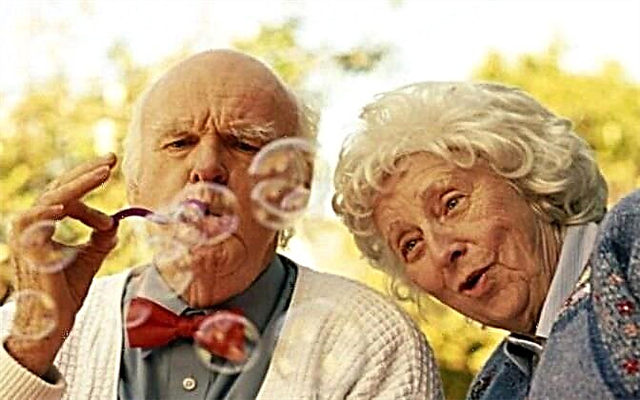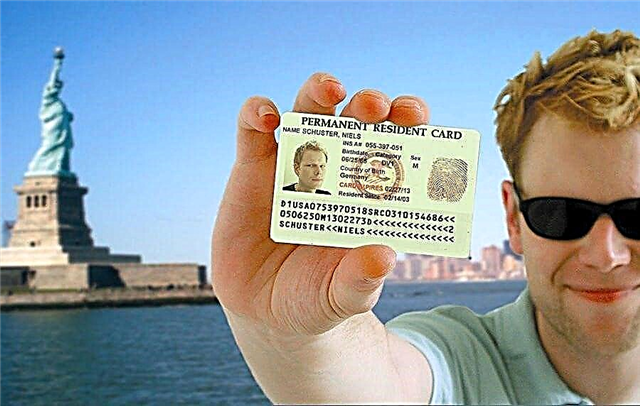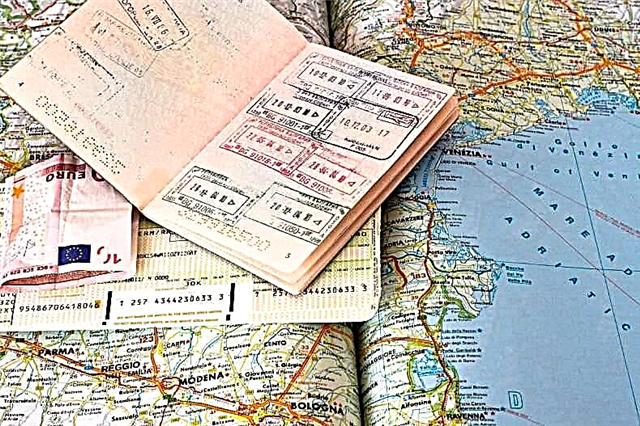The Japanese are famous for their traditionalism, an oriental mentality that is unusual for a European, and reverence for their own culture. Going to the Land of the Rising Sun, you should pay particular attention to the rules of conduct, so as not to offend local residents.
Greetings
The Japanese do not accept shaking hands. In principle, they avoid any tactile contact and are sensitive to personal space. For a respectful greeting, you must bow. Traditionally, the higher the interlocutor's rank, the lower you need to bend down. For an inexperienced tourist, it will be enough to politely lower his head.

Direct eye contact should be avoided. By the rules of etiquette, looking into the eyes of the interlocutor is to express aggression.
In room
In the east, they are rarely invited to visit. Having received this honor, you should prepare a gift for the homeowners. A good choice would be caviar, a bottle of wine, and a foreign souvenir. It is not customary to present knives, flowers and combs.It should be avoided in the packaging of the hieroglyph with the number 4.The gift must be wrapped in wrapping paper and handed over to the addressee with two hands.

On the doorstep of the house, guests take off their shoes, exchanging them for the proposed slippers. A similar custom is adopted in some offices. Special slippers are worn for visiting the toilet room. But on the tatami you need to step with bare feet.
In cafes and restaurants
Modern Japanese have adopted the everyday traditions of Europeans. A truly oriental meal is rather an exception. This does not apply to the tea ceremony, which is still performed according to the canons of the ancestors.
Before a meal, a hot, damp cloth is brought to the restaurant to cleanse the hands. The meals are served at the same time. In the process of eating, it is strictly forbidden to stick sticks into food. They should not be waved or used as a pointer.

Tipping is not available in Japan.Leaving half-eaten rice is a sign of bad taste.The signal about the end of the meal is an empty plate and the chopsticks stacked on it.
You May Also Like
In public transport
The restraint of the Japanese is manifested as nowhere else in the subway. Despite the crowds waiting at rush hour, people don't push or shove each other. If this happens by accident, the injured party will try not to draw attention to the trouble.
It is not accepted to give up space in transport. It's not forbidden, but nobody does it. Taboo - special places for disabled people, where only the elderly or people with disabilities can settle.

Talking on a mobile phone in public transport is the height of indecency.
Handkerchief
There was no place for him in the life of the Japanese. For rhinitis, disposable paper handkerchiefs are used, which are more hygienic and aesthetically pleasing. It is customary to blow your nose alone. While a person with a cold is in someone's company, he will sniff and wait for solitude.
So, despite the Europeanization of Japanese everyday life, many customs still seem unusual and funny to the tourist.











